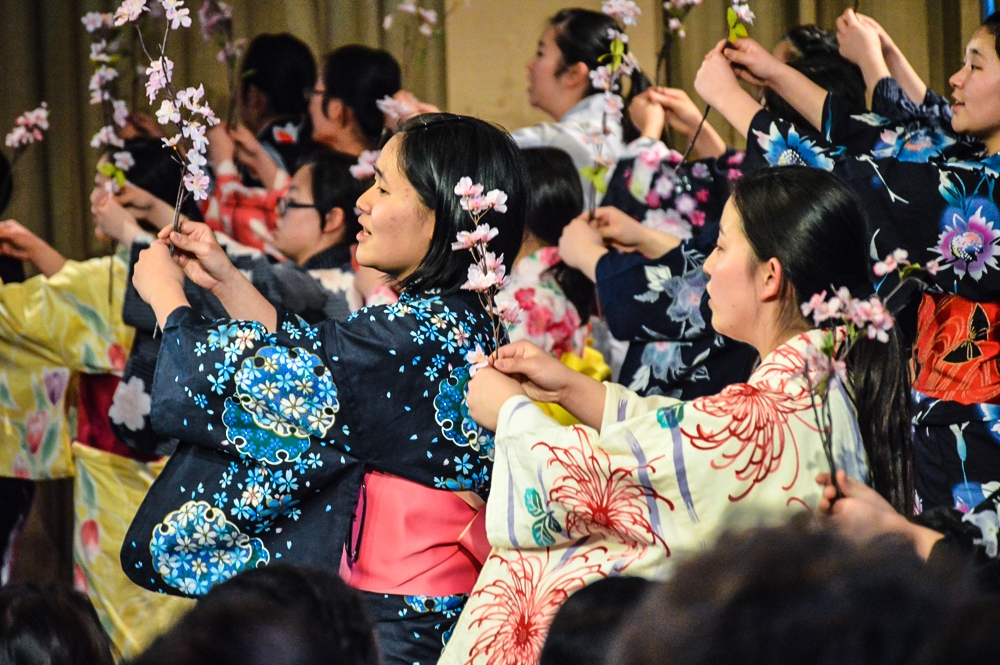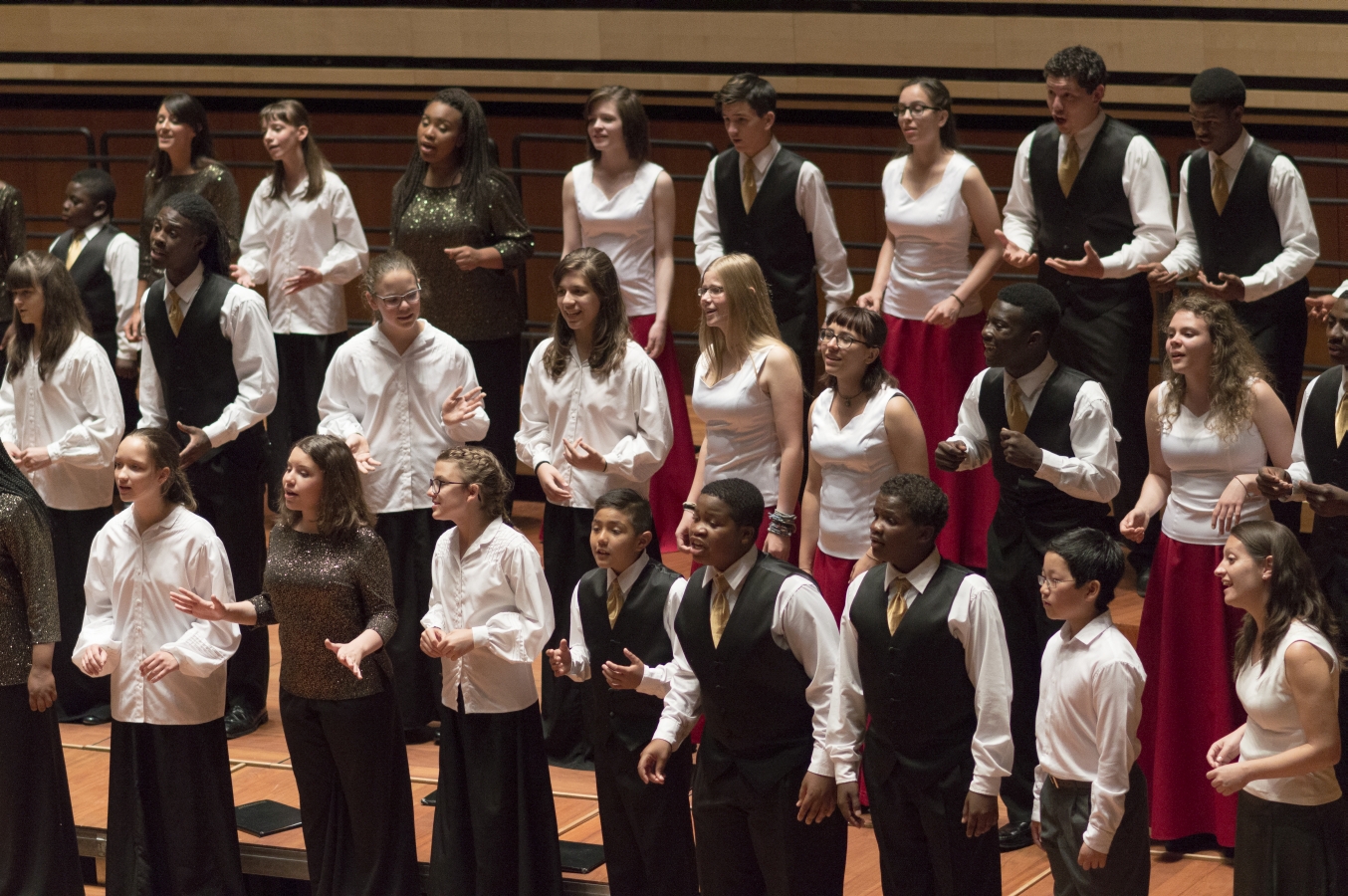Sing and Move
8

Category
vocal
rhythmic
Age
12+
Number of participants
10-20
Duration
approx. 30 min.
Working method
group work
Musical abilities of the trainers
1 2 34 5 6
Equipment and instruments
- music player / app to play the song
- coloured newspaper pages
Competences
- movement coordination
- common singing
- sense of rhythm
- attention
- cooperation
- team cohesion
Sing and Move
Music game to improve focusing skills
and playful learning about the EU.
AIM
With this game, we can promote the development of the participants’ sense of rhythm and movement coordination, and at the same time develop competencies such as mutual attention and cooperation. Singing together not only stimulates the musical memory, but the learning memory in general.
This exercise also gives participants the opportunity to listen to a symphony orchestra playing classical music (Beethoven: Symphony No. 9) while singing the familiar melody with them. It provides an opportunity to discuss general information about the EU.
Description
- Preparation: Collect colored newspaper sheets that can be used to make balls (the size of a tennis ball).
- First step is for the participants to grab a sheet of newspaper and create a small ball out of it by squeezing (the tighter folded the better).
- After that the participants form a circle and everybody puts the newspaper balls in front of them for now. The participants in the circle hold each other’s hands. The facilitator counts 1-2-1-2 at a steady pace and shows what to do next: everybody has to step left and right in a 2/4 pace.
- Next play is to go round the circle and one by one everybody says EU member country, or villages, places etc while keeping tempo and steady beat.
- When everyone got comfortable with the steps all participants have to put the ball from their right hands to the left hand of the participant on their right – following the beat as facilitator counts. Group practice this exercise.
- When the group is ready to pass the balls, it is possible to combine the delivery of the balls with the steps: pass the ball from the right hand to the left hand of the next member (beat 1), move the ball from the left hand to the right hand (beat 2).
- You can take a short break and after that the facilitator starts the counting again 1-2-1-2 at a steady tempo, the participants can start the stepping and the facilitator begins to sing the melody (without text, just la-la!). If somebody in the group knows the tune, they can immediately join in and repeat the Ode to Joy until almost the whole team can follow.
- Again, you can take a break while the facilitator can tell this is a famous tune asks if anyone knows who wrote it and what it is famous for? If the group hasn’t heard the melody before, the leader will tell them that it is a large piece of orchestral work that ends with a vocal chant written by a composer named Beethoven, chosen by the Council of Europe as its anthem and used by many occasions and countries in the European Union.
- After the break, the practice of stepping and passing the ball may continue, but now with the singing. Here, the leader prepare to turn on the music player: the next time they finish the song, the facilitator turns on the music – version with the band and chorus. It is important that this is a surprise for the group (not heard before) and that the recording should be heard properly. After listening to the symphony excerpt, the group may request a repeat, even several times.
Comments for facilitators
The leader must be very sure of the melody; counting with strong, loud volume; care must be taken to maintain a steady pulse, which can be achieved if the first step (1) is slightly more pronounced. It is advisable to listen to the orchestra recording several times in advance and use the same tempo.
If the group is having difficulty following the exercise, it may be slower to practice, but before the music enters, practice at that tempo.










Recent Comments